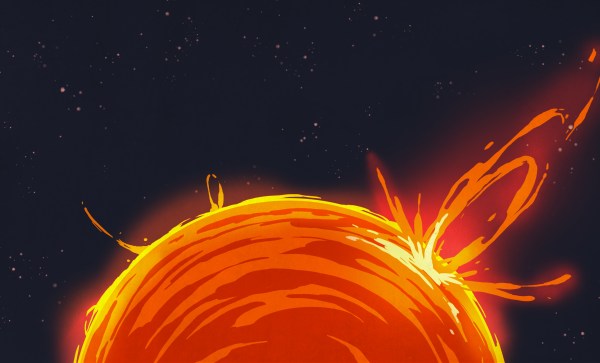The LoRa radio communication system is useful for low-bandwidth communication, and as many readers will be aware its special skill lies in delivering long range. For most of us that range tops out at a few miles, but pushing the limits of what is possible for LoRa has resulted in some significant records falling. Most recently this has reached an impressive distance of 1336 kilometres, or 830 miles.
The record in question was set from near the Portuguese coast, from where LoRa beacons on a fishing boat and its buoys were able to open up a gateway on the Spanish Canary islands. The conductive surface of the sea makes an excellent aid to propagation, and from amateur radio experience we’d guess that tropospheric conditions aided by the summer weather would have something to do with it too.
Radio amateurs on those coasts and islands chase those conditions and live in hope of making a rare UHF contact across the ocean to the Americas or the Caribbean. The difference in their respective frequency allocations notwithstanding, we wonder whether the same might be possible using LoRa given a fortuitous atmosphere. We’re not quite sure whether a set of dual-band LoRa gateways could be made to test this idea though.
This record breaks a previous one set between Germany and Poland. If you think you’ve seen a far greater LoRa record here before you’d be correct, but only in the modulation scheme and not the frequency.













